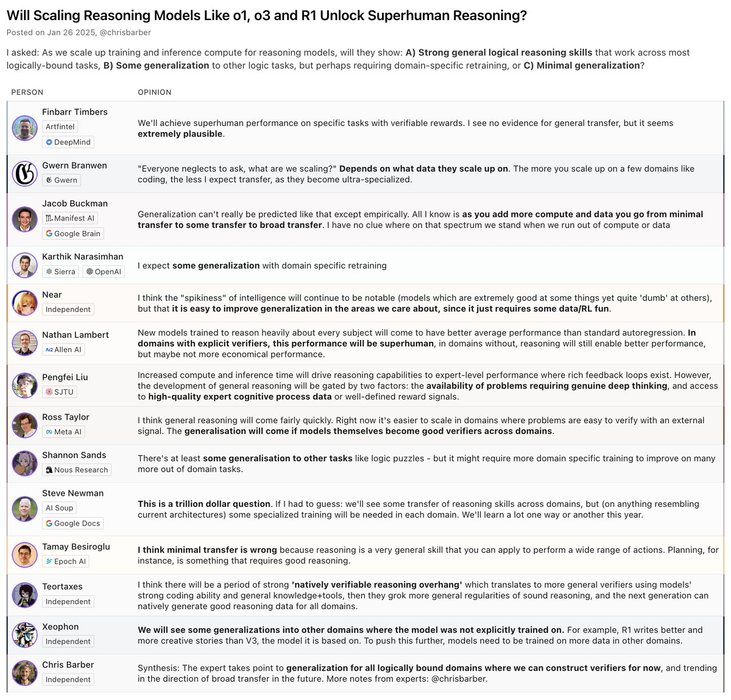Sublime
An inspiration engine for ideas

Sentinel reading list for a new hire; more suggestions welcome https://t.co/BCXDrTKJk7

I evaluate three rationalist cases for Trump that were made last fall (by @RichardMCNgo @hamandcheese @RichardHanania), now that we're three months into his presidency https://t.co/DNSDt42HCb
philosophic outlook, they tend to be: CAUTIOUS: Nothing is certain HUMBLE: Reality is infinitely complex NONDETERMINISTIC: What happens is not meant to be and does not have to happen In their abilities and thinking styles, they tend to be: ACTIVELY OPEN-MINDED: Beliefs are hypotheses to be tested, not treasures to be protected INTELLIGENT AND
... See morePhilip E. Tetlock, Dan Gardner • Superforecasting: The Art and Science of Prediction
Your effectiveness as a rationalist is determined by whichever algorithm actually writes the bottom line of your thoughts. If your car makes metallic squealing noises when you brake, and you aren’t willing to face up to the financial cost of getting your brakes replaced, you can decide to look for reasons why your car might not need fixing. But the
... See moreEliezer Yudkowsky • Rationality


Will scaling reasoning models like o1, o3 and R1 unlock superhuman reasoning?
I asked Gwern + former OpenAI/DeepMind researchers.
Warning: long post.
As we scale up training and inference compute for reasoning models, will they show:
A) Strong... See more




I think @RichardSSutton is spiritually right, but offers non-constructively framed arguments (much like Yann). Here are some of my incompetent thoughts on the matter.
0) almost none of this is relevant to mundane economic and strategic questions. However ineptly and wastefully we train LLMs and however they lack post-deployment... See more